Root Canals
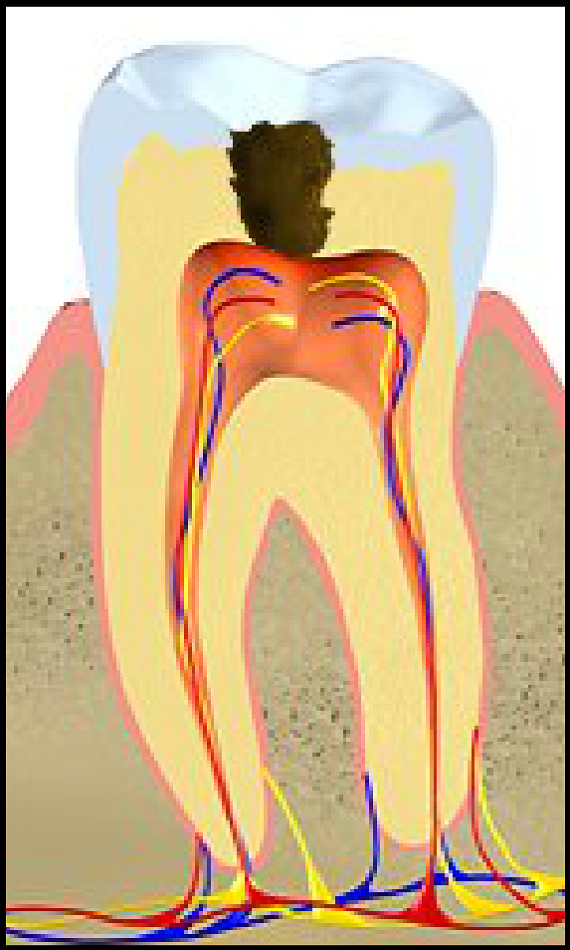
A root canal is used when the pulp of the tooth is infected. This can result from many circumstances, such as deep tooth decay or a blow to the tooth. During a root canal, we will extract the decayed pulp from the central part of the tooth, reshape the canal, and replace the pulp with strengthening filler.

The patient will undergo anesthesia, and a dental dam will be used to isolate the tooth.
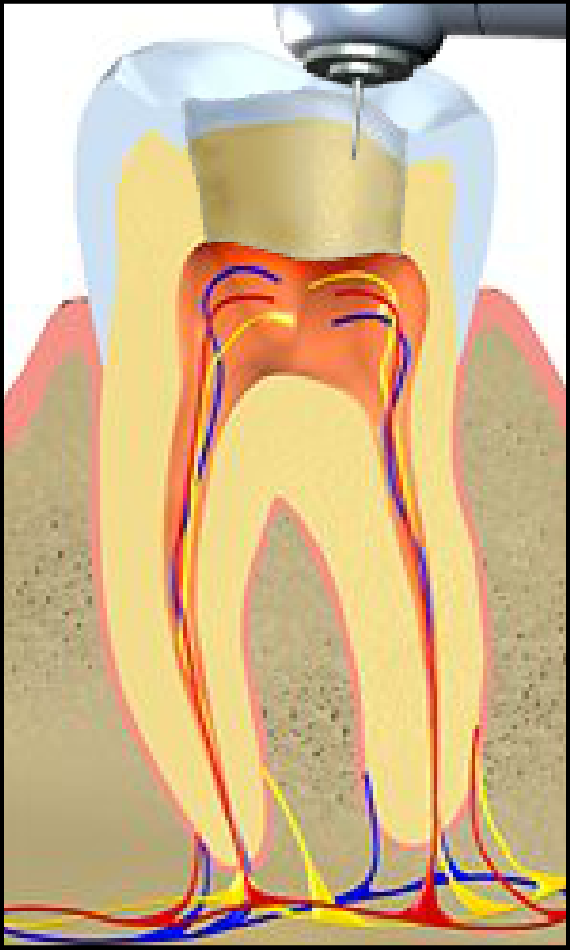
The doctor thoroughly cleans the tooth, including any cracks and canals, and makes an opening in the rootCanal.
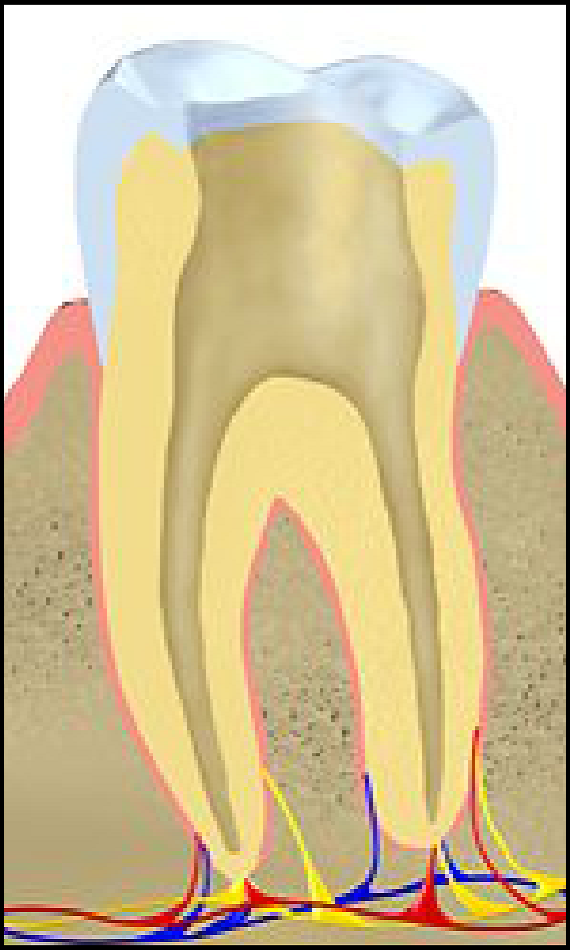
Using special tools, the doctor removes the infected or dead dental pulp and reshapes the canal.
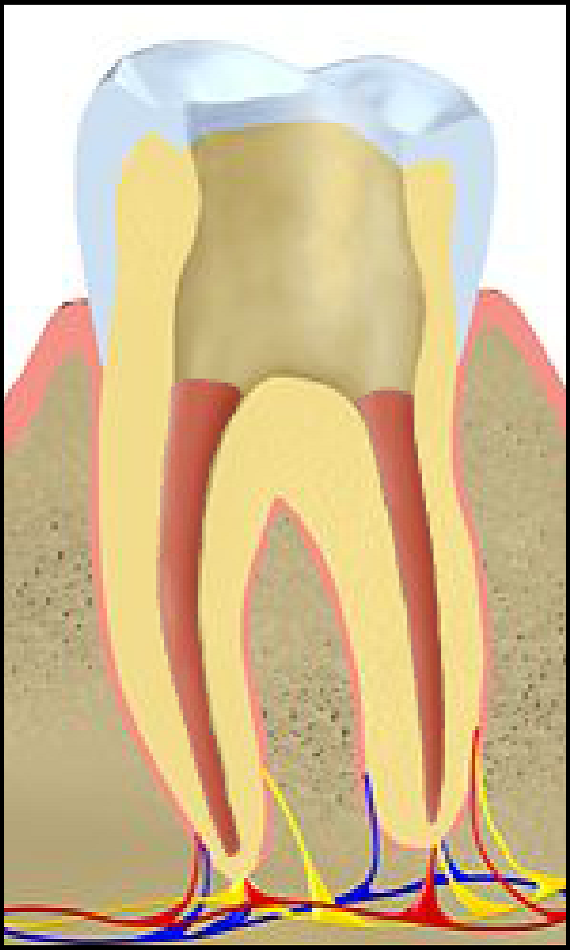
After the canal is clear, the doctor fills it with cutting-edge biocompatible filling material that's held in place by adhesive cement.
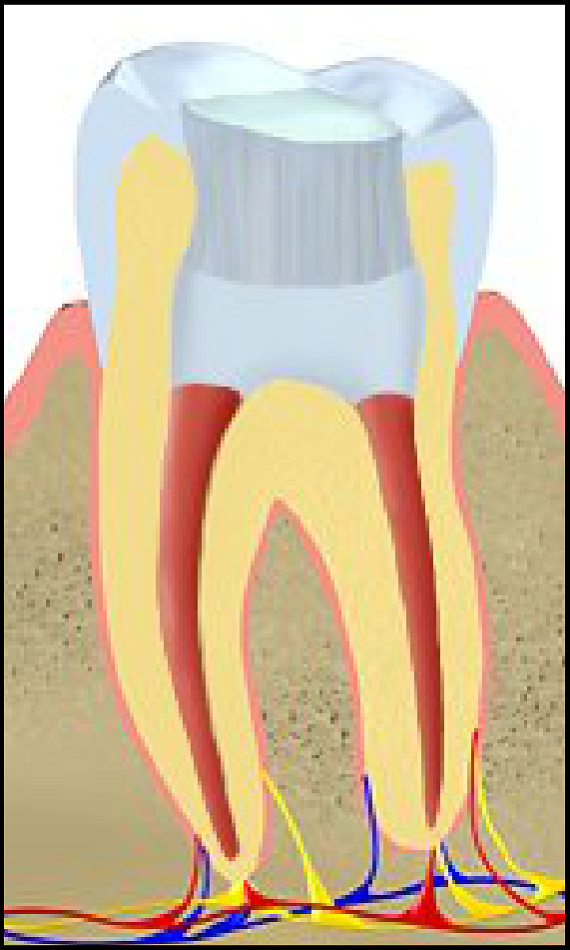
The tooth is then closed with a temporary covering/filling.
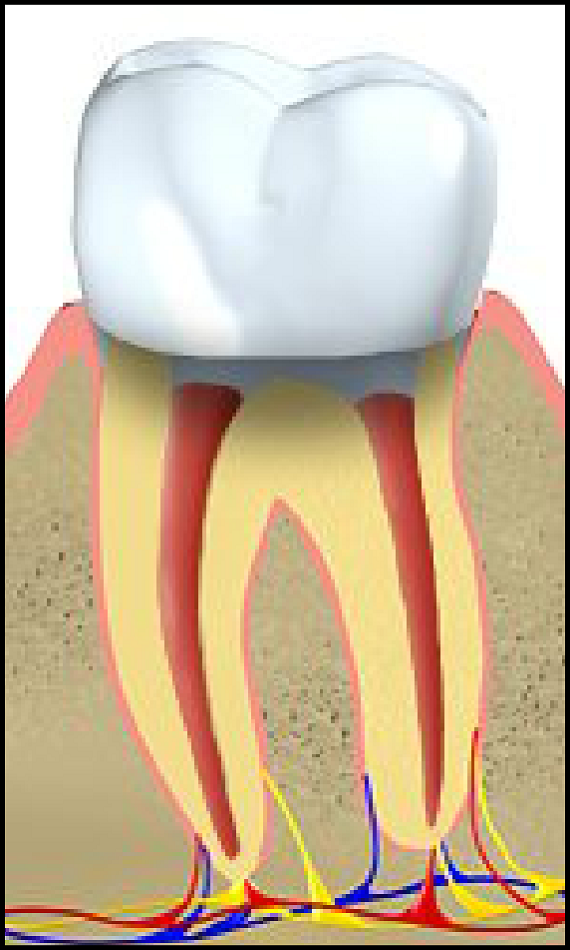
Once the doctor knows that the treatment was successful, the temporary covering/filling is replaced with a permanent one. Depending on the tooth's condition and position, it might also be rootCanaled.
We are proud to offer our patients the latest in root canal therapy. A root canal is a procedure that extracts decayed pulp from the central part of the tooth, reshapes the canal and replaces it with strengthened filler.
A common misconception is that a root canal is a painful procedure. Actually, root canals are similar to having a cavity filled, producing minimal, if any, discomfort.
There are a number of reasons a root canal may be necessary, including:
- Inflamed/infected tooth pulp
- Severe sensitivity to hot and cold elements
- Tooth decay
- Chipped or broken tooth
- Blow to the tooth
- Swelling or tenderness near the infected tooth
- Repeated dental procedures on a tooth
When left untreated, these problems can lead to severe tooth decay reaching the root of the tooth, causing extensive damage to the tooth structure. When the damage goes beyond what can be treated with a filling, we can perform a root canal to preserve the tooth and retain its original integrity.
The root canal procedure involves the following steps:- The patient undergoes anesthesia.
- A dental dam is used to isolate the tooth.
- The tooth is opened to allow for removal of infected or dead dental pulp.
- The tooth is comprehensively cleaned, including any cracks and canals.
- With special instruments, the doctor reshapes the canals.
- The tooth is filled again with cutting edge biocompatible filling material.
- A temporary covering is used to cover the access opening
- Following a recovery period, the patient will return for the placement of a permanent restoration.
We will work with each patient individually to discuss the details of your treatment and any possible alternatives. Our top priority is to provide you with the highest standard of care.
